
Five carmakers are enjoying the challenge of the Super Taikyu Series ST-Q class. During a press conference at the Round 2 Fuji 24 Hours Race, representatives from each company shared their commitment to ensuring a future for both engines and motorsports.
60 years of experimenting on the track
Tetsuhiro Kuwata is General Manager of the Race Operations Management Division at Honda Racing (HRC), which joined the ST-Q class last year. He says that for Honda, racing has always been a “laboratory on wheels.”
HRC General Manager Kuwata
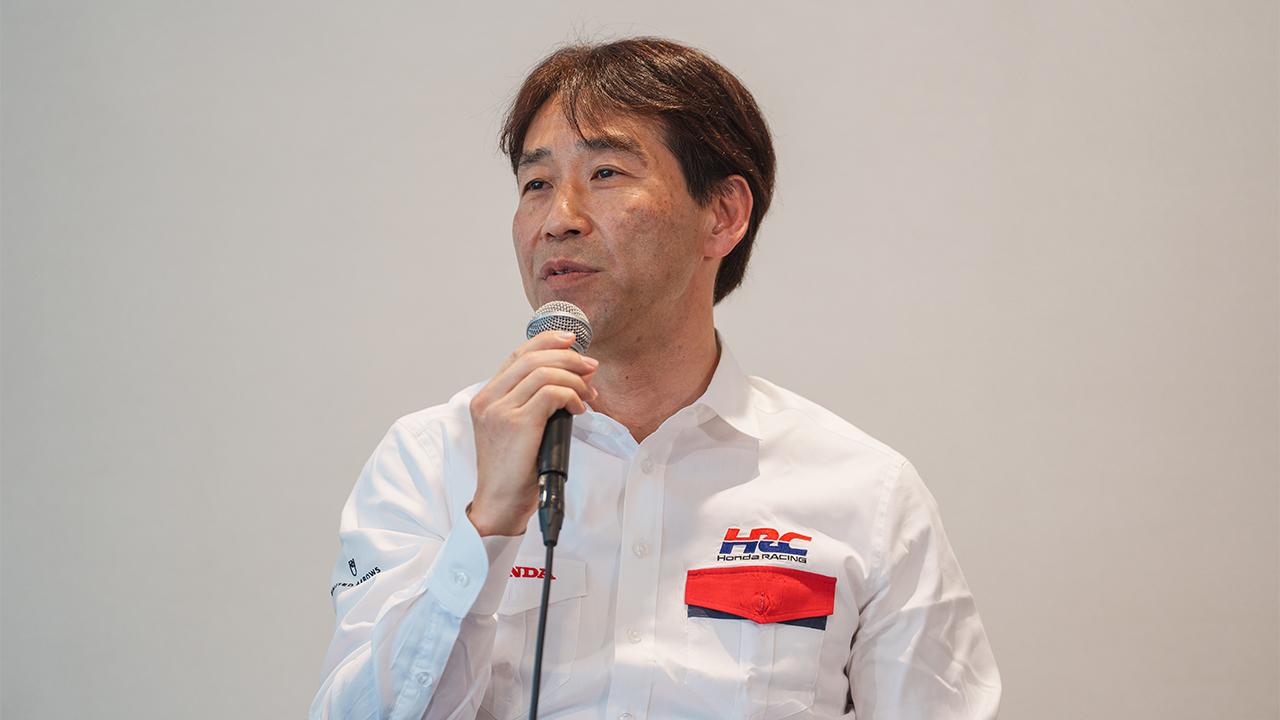
We’ve been competing in Super Taikyu’s ST-Q class with our Civic since last year.
With a view to making racing sustainable, we have begun by developing technologies using CN fuels, seeking to identify the challenges so that we can adopt them in our future production cars or the world of racing.
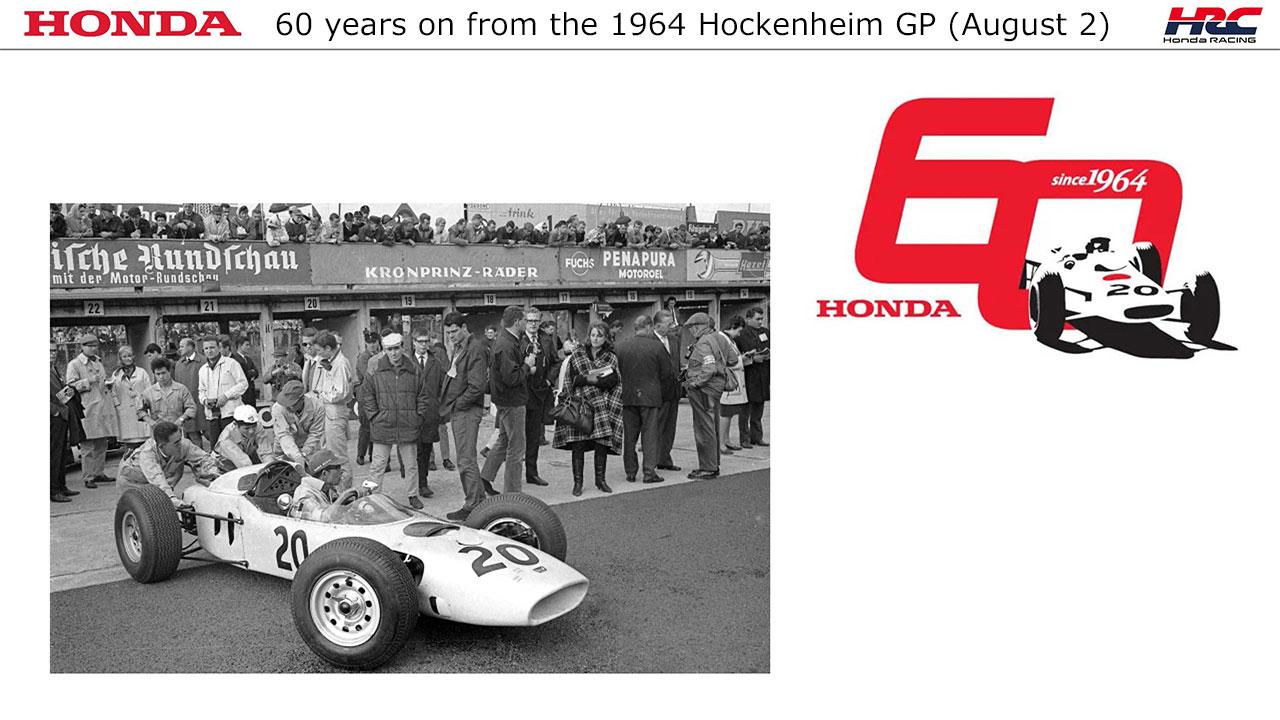
Honda first entered F1 in 1964. Our journey began with the RA271, a machine powered by a 1.5-liter V12 engine that today would be practically inconceivable.
In the 60 years since, we have continued to view racing as a “laboratory on wheels.”
The same is true for Super Taikyu, which we have likewise approached with that experimental mindset since joining last year.
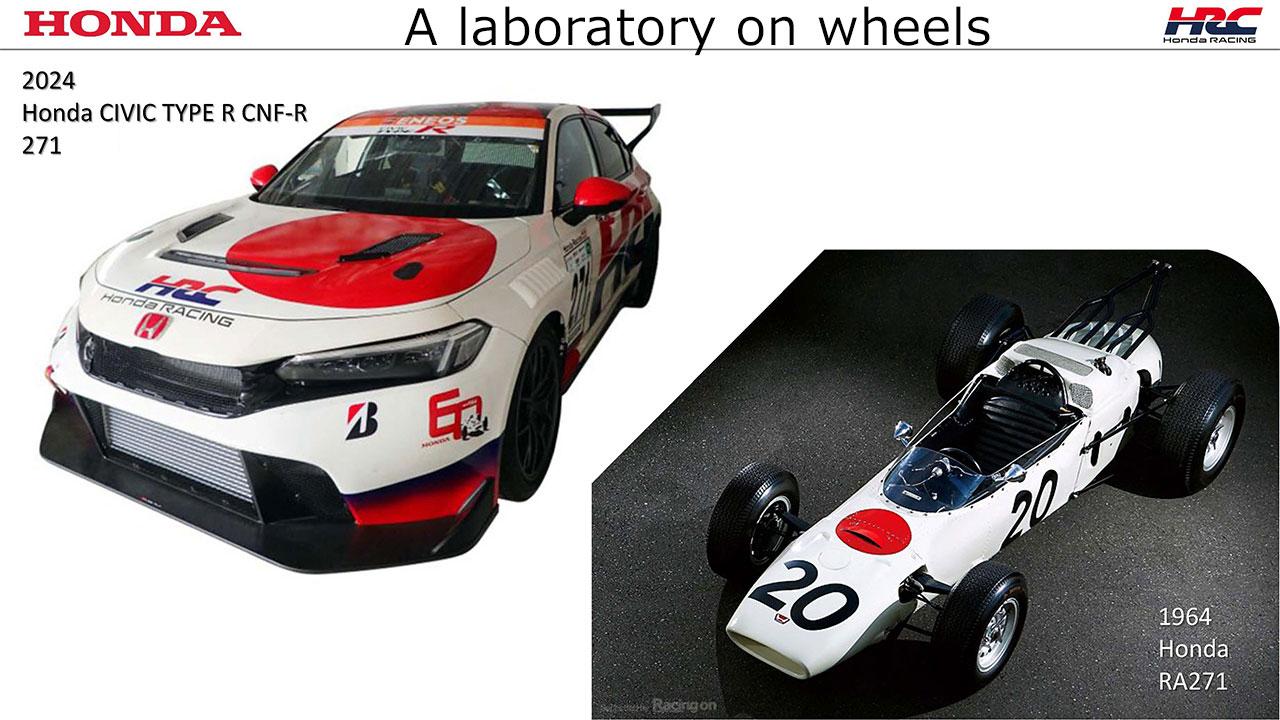
The design for this season’s car pays homage to the Japanese flag sported by the RA271, which competed in a Formula 1 race 60 years ago.
Racing without the red tape
Nissan Motorsports & Customizing (NISMO) Corporate Vice President (CVP) Yuzo Ishikawa emphasized the appeal of not only developing CN fuels but also the chance to race vehicles under development alongside production models.
NISMO CVP Ishikawa
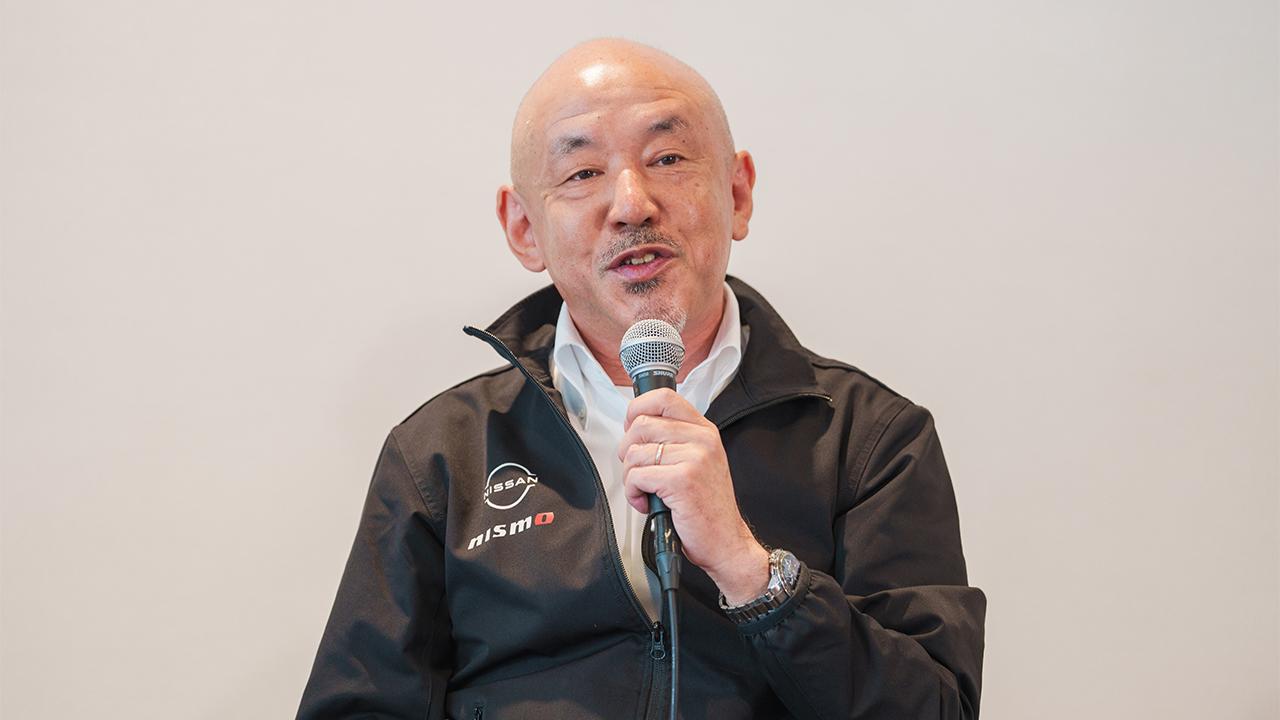
About three years ago, a turbo version of the Z was launched. We wanted to use it in motorsports, and although it would be different from our GT3 machine—sold as the GT-R—we set out to create a GT4 class car.
As we tried to figure out how to develop it, the ST-Q came along as the ideal class.
Realizing we could develop the car while racing, in 2022, we managed to get it ready in time for the 24-hour race, and that was our starting point.
Though the car had wings and a few other add-ons in 2022, we started out close to the mass-produced model.
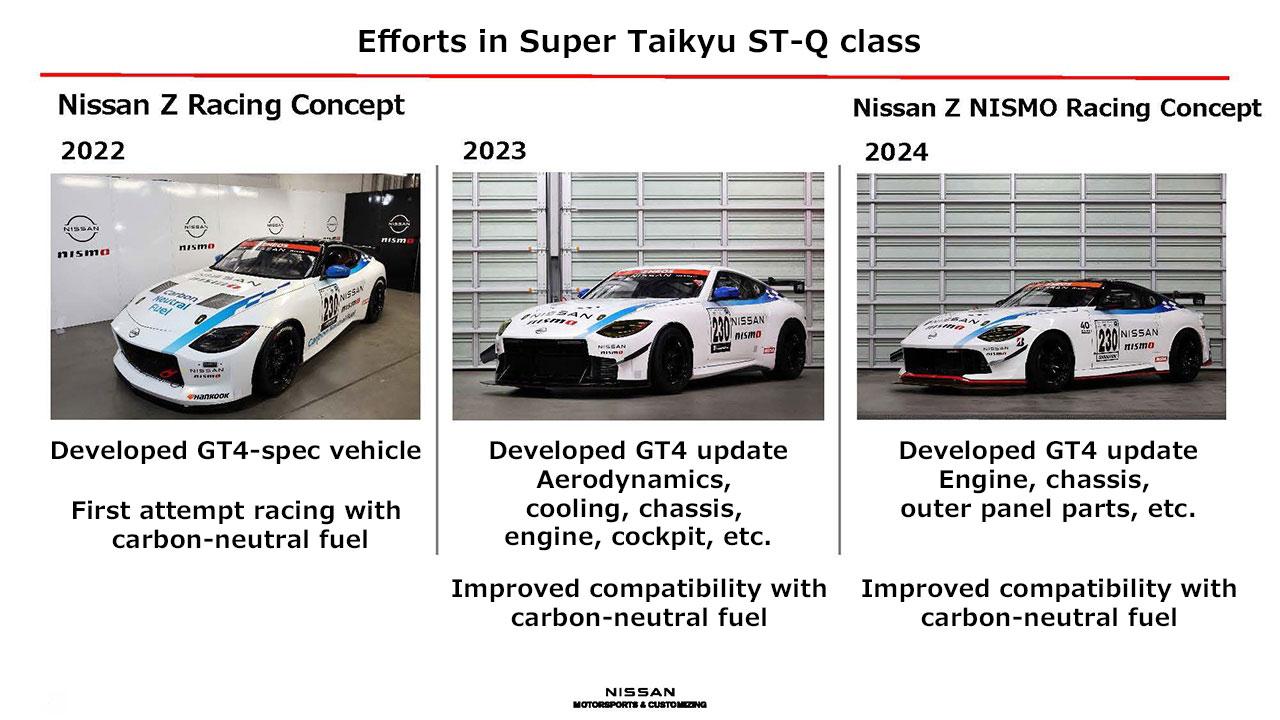
Behind the wheel, we had both gentleman drivers and professionals.
The best thing about racing in ST-Q is that you can race against cars that are already in production even without homologation (the approvals necessary for cars competing in races, etc.).
For the 2023 update, we made various changes, overhauling nearly everything—aerodynamics, cooling, chassis, engine, and cockpit. That’s the kind of thing you can do in the ST-Q class.
In motorsports, you often hear talk of agile development, and we were able to do that consistently while racing, not just on paper.
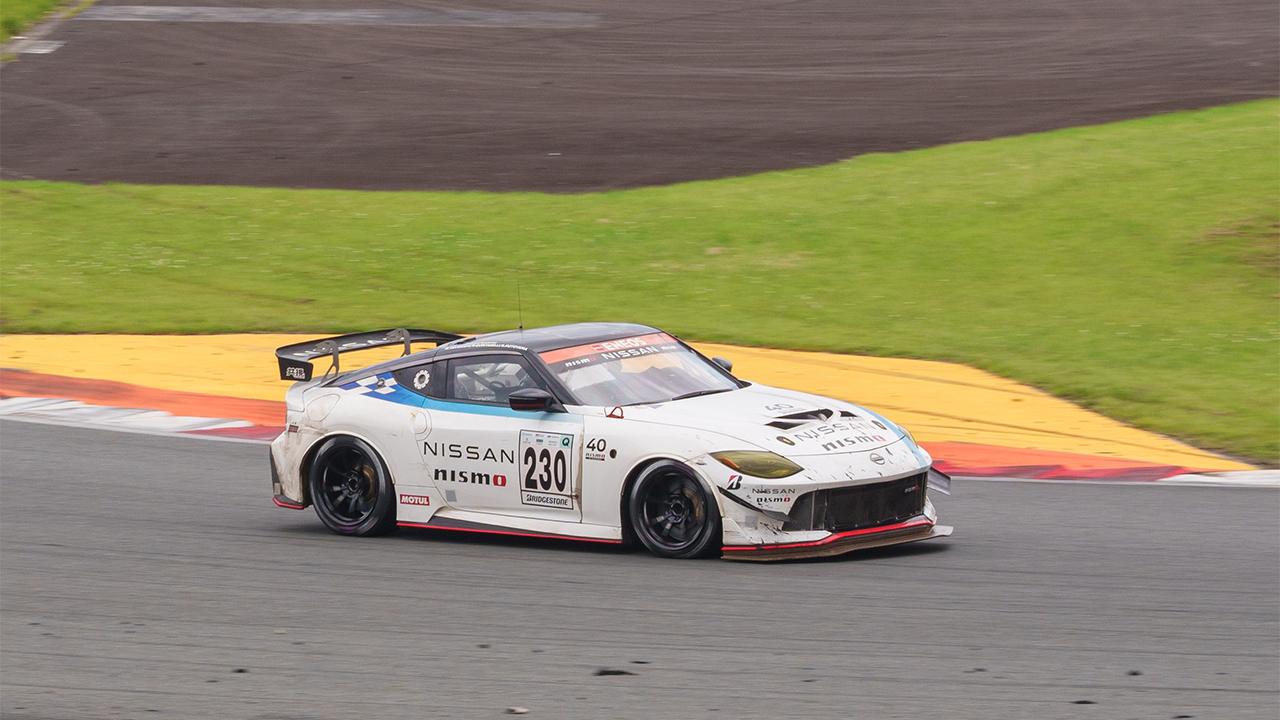
This year we were able to release the GT4, so we are working on further improving that car.
That, and CN fuel as well. We have also begun using CN fuel in the Super GT GT500.
Before long, we think that CN fuels will increasingly become necessary for hobbyists who want to enjoy things like rallies or drag racing.
We are studying how to make this happen and working to improve the fuels themselves, out in the open for everyone to see. I believe that this CN fuel has gotten much better.

